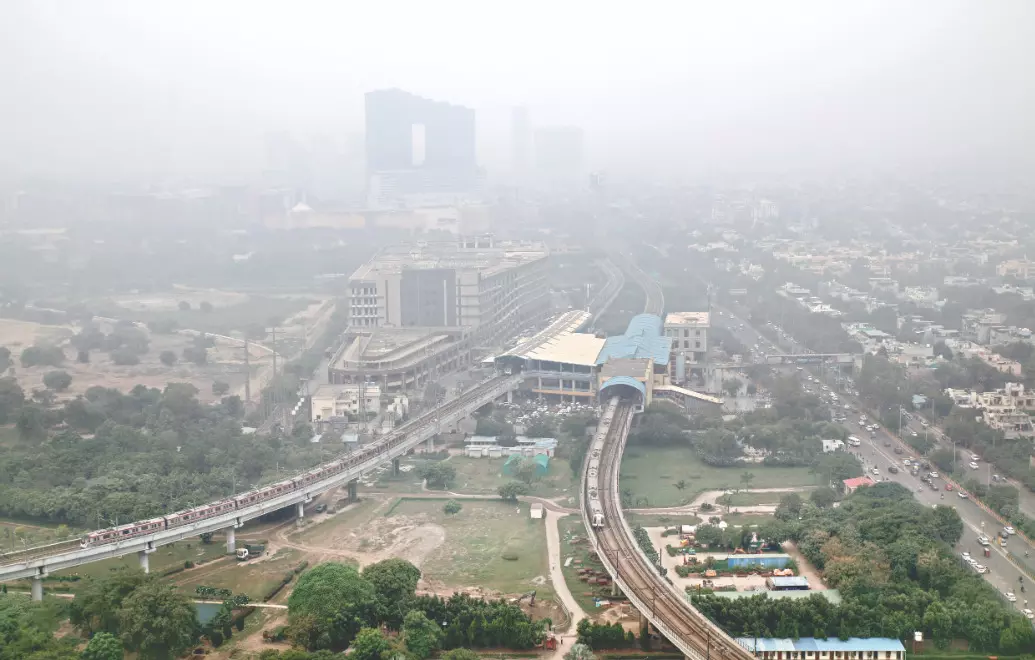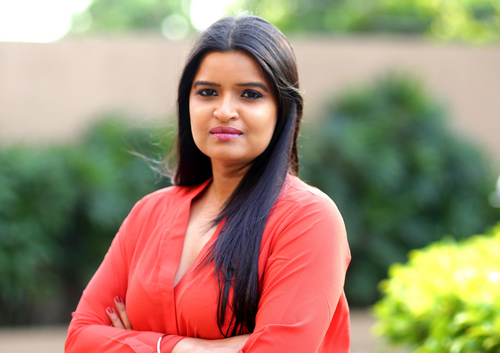Toxic fumes
The annual Delhi pollution is crying for a lasting solution as citizens face health crisis every year

A recurring nightmare — that’s what people in Delhi NCR experience every year as winter approaches. The Air Quality Index (AQI) reaches monstrous highs reflecting the polluted dystopian world that exists below. Noxious, toxic air spews venom and burns the eyes and throats as it fills up the entire region. Citizens gasp for breath; the old and really young suffer the most. This cycle is repeated every year without fail. Diwali festivities act as a spark to this already existing tinderbox.
The landlocked northern Indian region of Uttar Pradesh, Punjab, and Haryana in general, and Delhi in particular, chokes every year. An impenetrable smog descends over the city — skies and spirits are both grey as the air quality oscillates between “severe”, “very poor”, and “poor”. This year brought on the added stain of missing data, 12 out of 39 monitoring stations being non-functional, and political parties trading barbs over alleged cover-ups. But here’s the truth — no political party has been able to solve this annual crisis. And I don’t even think it’s possible for any singular agency to resolve. Delhi pollution, which grabs international headlines every year, needs global intervention.
While politicians fight it out with rhetoric every year, the people, especially the poor, continue to pay with their health. The leaders may keep arguing with each other engaging in mudslinging; but the reality is that in these exigent times, a portion of our nation is engulfed in a health emergency. The short-term medical problems, such as a constant nagging cough, itchy throat, and burning eyes, afflict most people, while those with serious breathing issues, such as asthma or chronic obstructive pulmonary disease (COPD), face the brunt of the discomfort. The long-term repercussions are exceptionally grave, too. Renowned cardiac surgeon Dr Naresh Trehan recently mentioned how high pollution caused by particulate matter and venomous gas can prompt heart attacks, strokes, and respiratory distress. He also said that as surgeons they detect a stark difference between the heart and lungs of patients who live in pollution and outside of it.
PM2.5 pollution alludes to fine particle matter with diameter of 2.5 micrometres or less that is discharged in the air by human acts of vehicular emissions, factory exudation, stubble burning, construction dust, and so on. As per The Lancet, over 17 lakh deaths attributed to PM2.5 pollution took place in India in 2022, up 38 per cent since 2010. 44 per cent deaths were due to fossil fuel with petrol use in road transport contributing 2.69 lakh deaths, according to the ‘2025 Report of The Lancet Countdown on Health and Climate Change’.
Our lack of dependence on public transport and clean mobility, current exponentially high vehicular and construction pollution, together with the inability to find a sustainable solution to burning agricultural waste and crop remnants in Punjab and Haryana — comes back to haunt the people of Delhi every year. And while the rich can afford air purifiers or flee the city for respite, the poor continue to gag on virulent air.
Eight years ago, I left Delhi, which was my second home, because of this pollution. And while the city serves as a significant work destination for me, the rising pollution levels were taking a toll on my health. But how many can afford to cut familial ties and risk career paths to seek blue skies and unpolluted air? How many metro cities in India even have any semblance of “clean air” today? Squabbling over AQI numbers is futile, celebrating the failure of cloud seeding is irrelevant, mourning the loss of gross domestic product (GDP) feels privileged. When you fight for air, know that you fight for the most basic freedom as guaranteed by the Indian Constitution — Protection of Life and Personal Liberty (Article 21) and the only conversation that matters is how to dissipate this cloud of doom once and for all.
Views expressed are personal. The writer is an author and media entrepreneur



